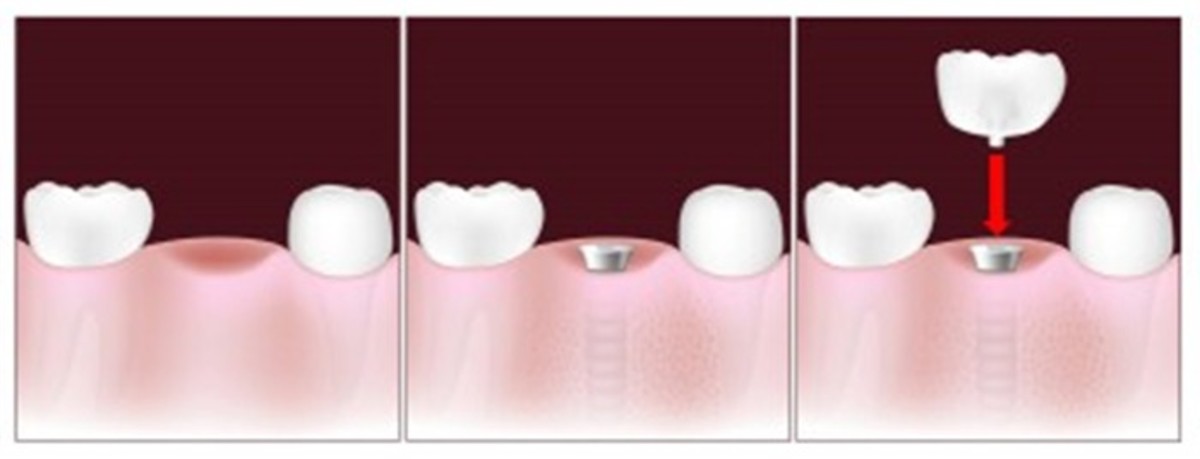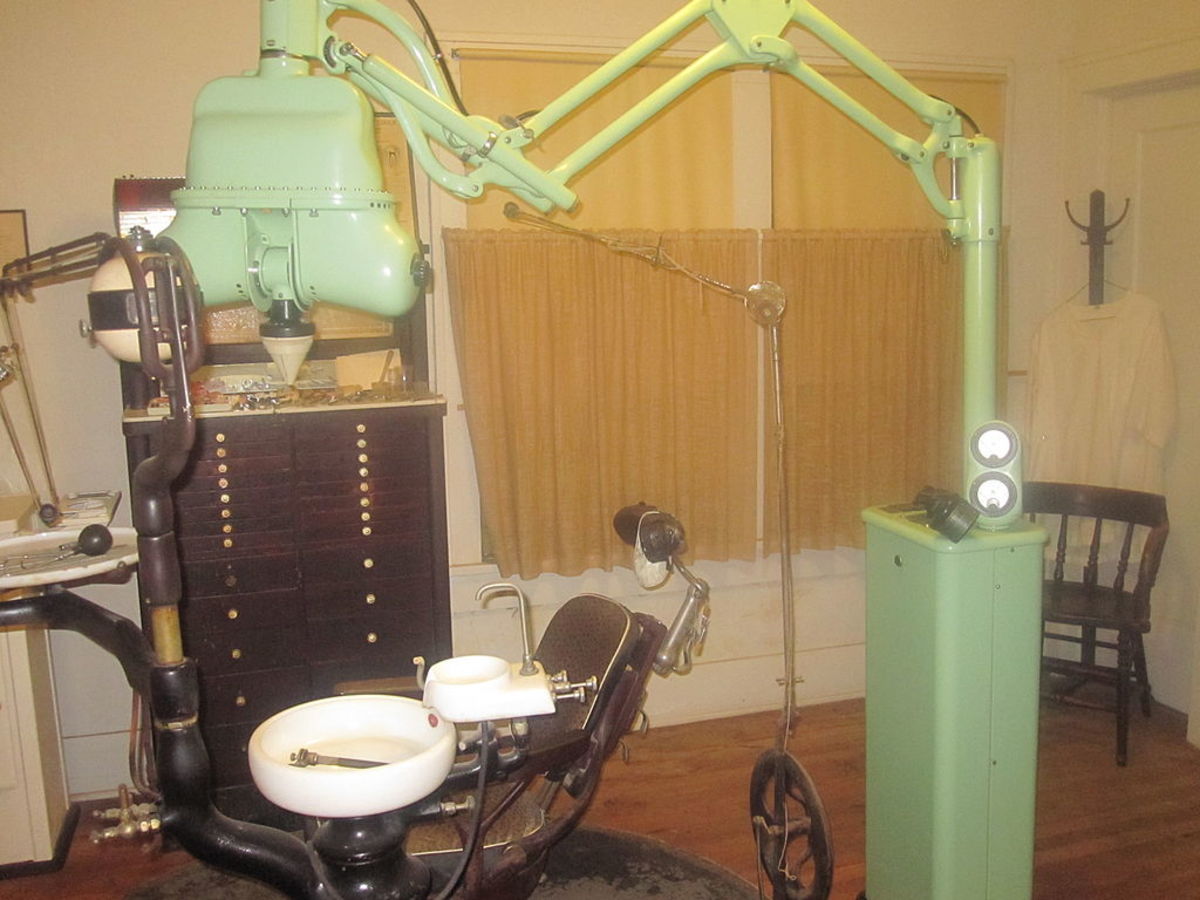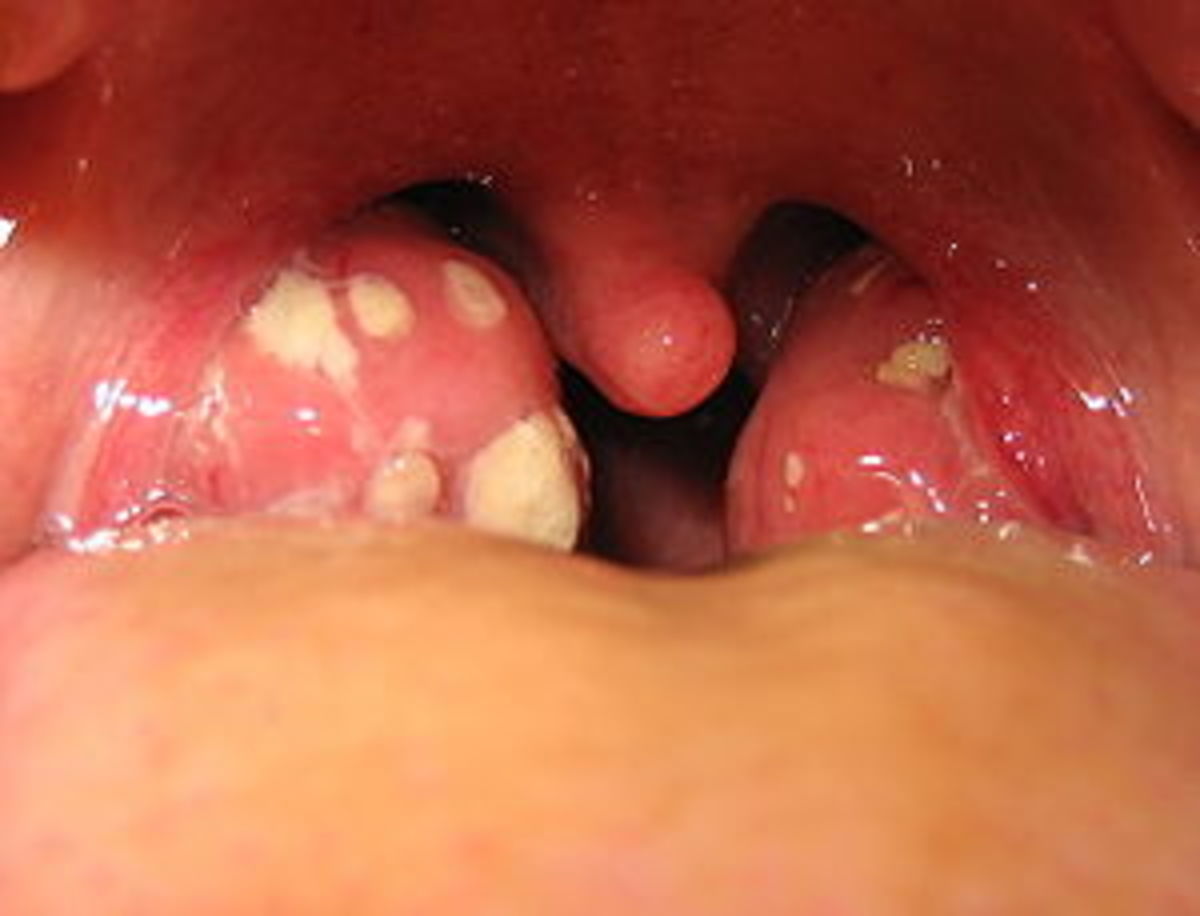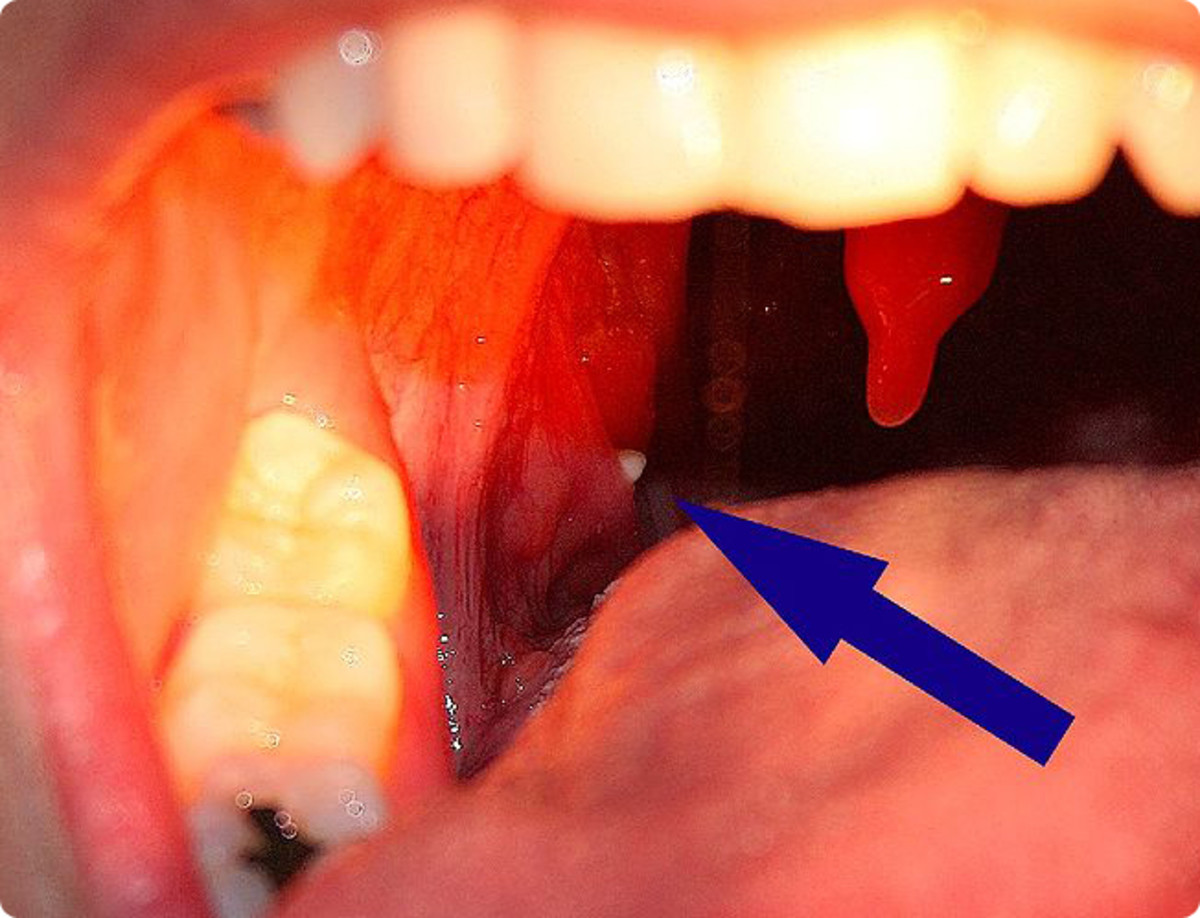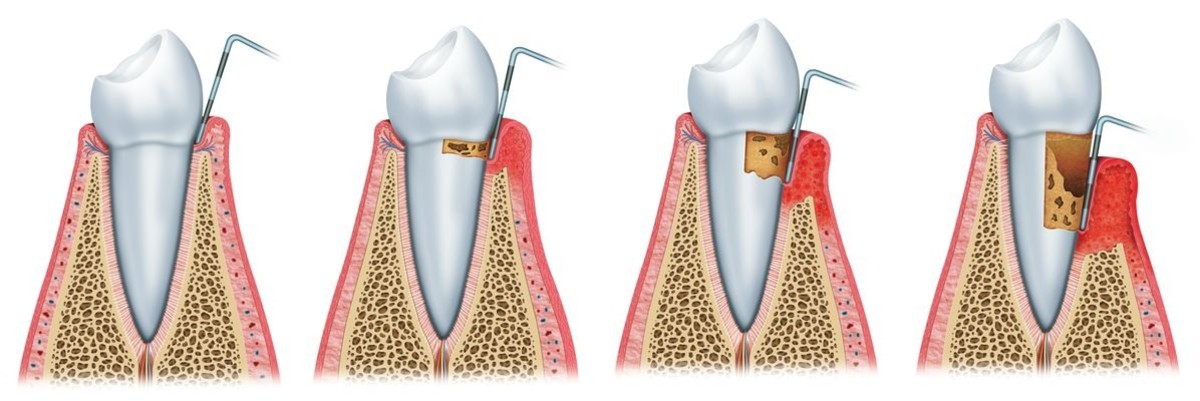A Consideration of CAMBRA (Caries Management by Risk Assessment) in Public Health Dentistry
CAMBRA Explained
Dental Caries or tooth decay (as it is known in every day usage) is a bacterial disease that results from demineralization. Demineralization is a bacteria-driven process of acid production which occurs when bacteria acts on dietary fermentable carbohydrates which find its way into the tooth to dissolve the resident carbonated hydroxyapatite mineral.Caries Management by risk Assessment (CAMBRA) was introduced in 2009 by the ADHA to its members by way of newsletter publication. In 2015, feedback sought from members indicated that most dental practice were yet to incorporate CAMBRA. (Majeski, 2015)
Medicare

What CAMBRA Requires
The use of Caries Management by Risk Assessment in the treatment of dental caries follows the approach of recognizing pathological and protective factors. Pathological factors are identified as acidogenic bacteria, dietary carbohydrates and saliva dysfunction while protective factors are seen as anti-bacterial, phosphate and proteins, salivary calcium, salivary flow and saliva fluoride, which provide a balance or reversal of dental caries through remineralization. Remineralization naturally provides a reliable repair mechanism when non-cavitated carious lesions occur. (Hurlbutt, 2011)
The scientific basis for “caries balance” is suggested as crucial to caries management by risk assessment in daily clinical practice across America. If it gains grounds in the US, the result of the risk assessment will be a case of two options: with the prevalence of pathological factors, caries progresses, while on the reverse, with the prevalence of protective factors the caries process is reversed or stymied.CAMBRA (caries management by risk assessment) is suggested for adoption in both dental and medical settings and are beneficial to adults and children of all ages. Its application in dental care acts as a practice builder in the field of dentistry and provides patients with avenues for real hope and success in oral health management.(Ramos-Gomez and Wai-Ng, 2015)
A Medical Approach
The discourse, diagnosis and management of dental caries are founded on a strong medical framework and as a result, the prevailing trends in caries management are rooted on a medical model. While it is true that previously upheld ground-norm used surgical intervention as the preferred approach to dental caries, oral hygiene played a rather passive secondary role. The present scientific resort,adopts prevention as the preferred start point with surgical response been accepted as a final card. It is honest to state that tooth filling was never a remedy to diseased tooth since it only helped to restore what was damaged by tooth decay. (Hurlbutt, 2011)
Going forward, it is recognized that the disease had a chance of staging a comeback from the margins of the intervening filling. When dental cariesre-occurs, a recurrent dental caries always necessitate a larger filling compared with the initial one. The most objective of dental caries management is hinged on the identifiable components of its etiology, nay-the behavioral and the bacterial. Risk management therefore opens a front for efficient management of dental caries.
A Case for CAMBRA Adoption
Dental service providers have indicated that many patients do not show any enthusiasm when the protocols are introduced to them. This flows from the realization that it might entail quarterly re-care visits, regular tooth vanishes and more clinical visits. The import of these routines is more healthcare cost which many are not willing to offset on their own without health insurance coverage. This situation makes it a dodgy issue for dental healthcare providers who in this light, do not want to lose clients on that basis. (Majeski, 2012)
The inclusion of more preventive therapies in the coverage of more Dental health service benefit providers will be a good start in order to boost popular adoption. Other stakeholders have proposed that for its adoption to be successful, insurance coverage must extend to the range of services under CAMBRA; otherwise it will remain unattractive for adoption by many practices, leading to a selective and non-universal implementation. This has been a severe limiting factor to the adoption of CAMBRA in public health care across America. Many believe with better stakeholder education, it might become realistic to adopt in the near future.
Conclusion
In the final analysis, just as in primary care, a Physician regularly and over a lifetime, monitors and manages the effect of chronic disease, Dentists in like manner, have evolved pro-active measures in the management of dental caries over a patient’s lifetime. A combination of patient behavior, surgical interventions and in-office therapy is deployed, depending on the assessment of the patient’s risk level. This medical and patient-centered approach is what defines caries management by risk assessment and adoption across the board in America will prove more beneficial to all stakeholders.

